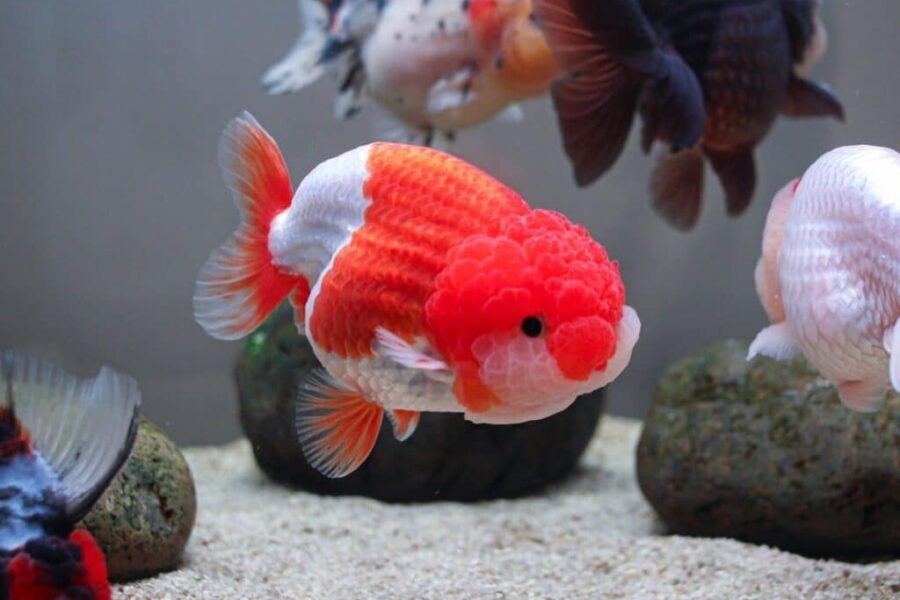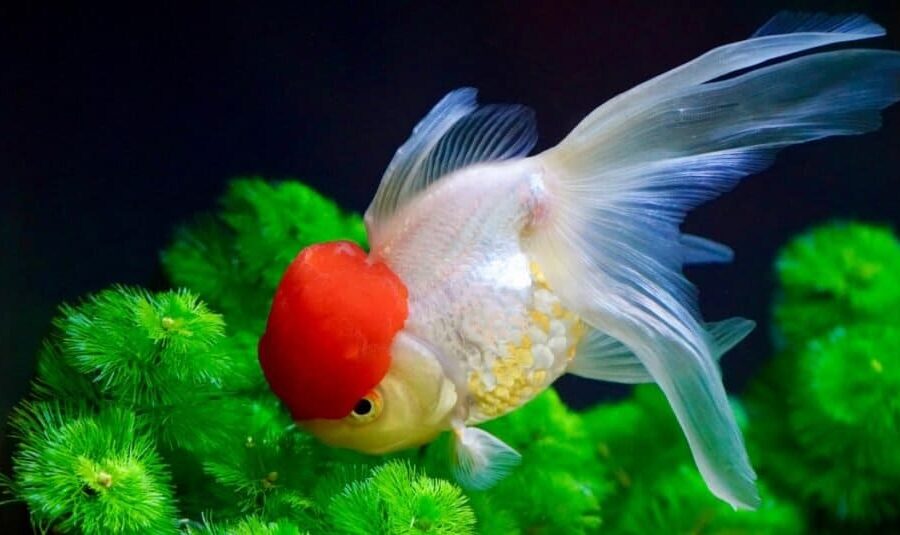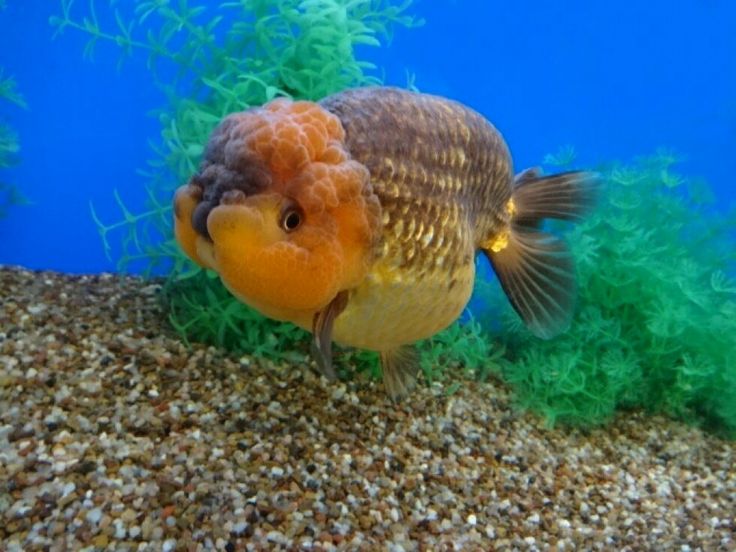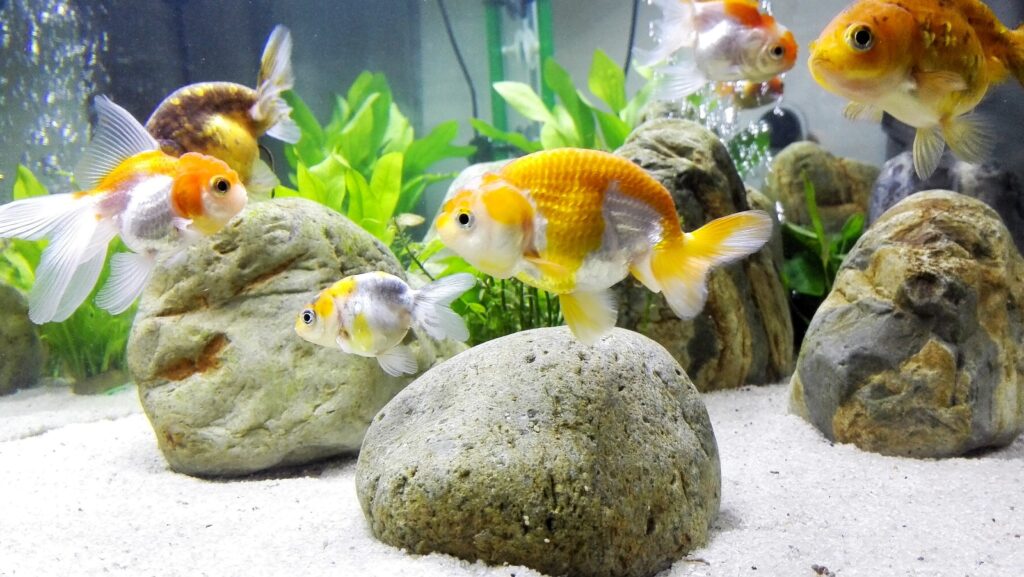
Get ready to dive into a world where shimmering scales meet intriguing behaviors. Welcome to understanding the world of goldfish habits. From their original habitats to their unique behaviors, nothing about these little creatures is anything less than fascinating.
Having decorated your aunt’s coffee table to grace their royal spins in the most exotic fish tanks, most of these aquatic pets thrive in substrates. Now, there comes the million-dollar question: Gravel or Sand? Let’s dive deep into comparing the usual with the unusual, making informed choices for your finned friends easier. Brace yourselves for quite an interesting read, folks!
Understanding Goldfish Habits
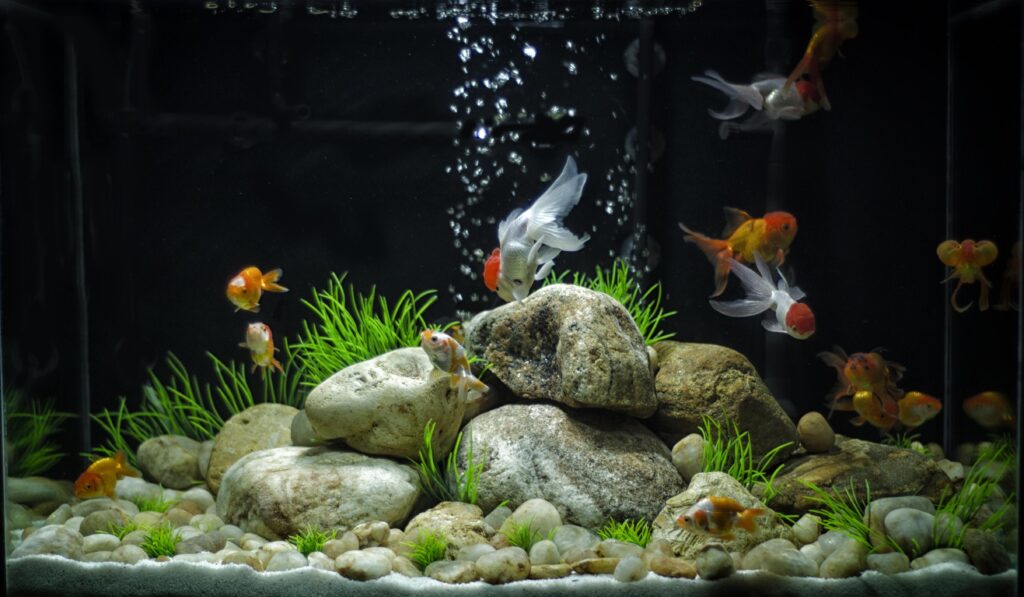
Imagine you are a goldfish, happily swimming around vibrant plants, pebbles, and other fish in a clear pond. This, my friends, is where these delightful creatures find their roots. Swimming amidst these natural settings, vivid memories of our past vacations may spring to mind. But let’s not linger too long on memories, and let’s dive right into their watery world.
Goldfish and Their Natural Habitat
Goldfish hail from east Asia, originally enjoying the vast expanse of slow-moving, shallow ponds and rivers. Nutritious mud, plants, and yes, lots of sand characterizes these environments. Picture it like a lazy Sunday on the riverbank, but underwater – and without the pesky mosquitoes. These original homes influence how we recreate their habitats in our goldfish tanks.
Behavioral Traits of Goldfish
Goldfish are like the introverted bookworms of our world – in their own, splashy way. They are great sniffers and diggers, spending hours exploring the bottom of their environment. Incredibly adept at sifting through the substrate, they won’t miss even the smallest tidbit – an underappreciated, unique habit for sure.
And so, the trigger has been set for our next topic. It’s about bringing that sandy riverside experience right into your living room. Next, let’s look at the showdown between sand and gravel as potential VIP guests to invite into your goldfish’s humble abode.
Goldfish Substrate: Gravel versus Sand
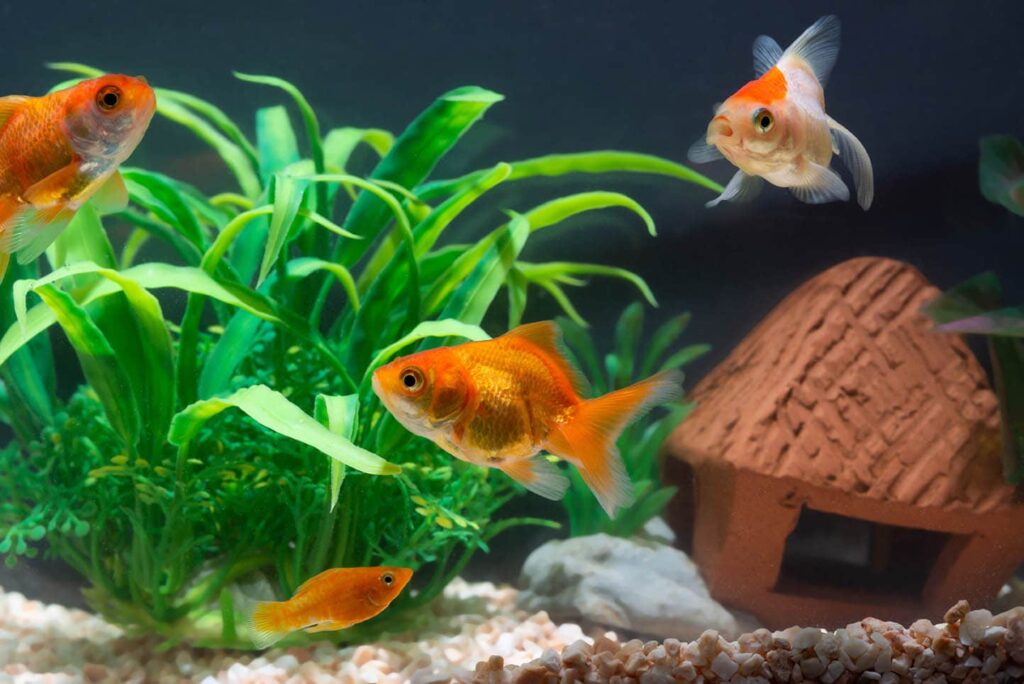
Let’s talk dirt, or more specifically, the stuff your goldfish buddies are bottom-shuffling around in. The substrate you use in your goldfish tank isn’t just there to look pretty. It has a few important roles in fish care.
The Role of the Substrate in a Goldfish Aquarium
Substrates are like the unsung heroes of your goldfish’s home. They play a more significant role than most realize, silently working in the background to ensure a healthy, stable environment for your aquatic pals. They’re the stage on which the aquatic concert happens. Think of them as the foundation upon which all other elements in the tank stand.
For starters, substrates play an instrumental role in water filtration. They trap debris and other particles, making it easier for your filtration system to pick up and process. This helps maintain clear, pristine water for your goldfish to thrive. Additionally, they reduce the light reflection that could otherwise stress out our scaly buddies. Too much light can create a glare effect in the water, which isn’t ideal for the sensitive eyes of goldfish.
Moreover, substrates are like the ultimate party place for beneficial bacteria. These bacteria are crucial for breaking down waste products in the tank. They set up camp, proliferate, and ensure that harmful toxins are converted into less harmful substances, ultimately helping to keep your water clean. Essentially, without substrates, we’d be missing out on a major biological filtration component.
Good stuff, right? But here’s where the plot thickens. When setting up a goldfish tank, one of the big questions is: which substrate is best? In one corner, we have gravel, known for its versatility and range of sizes and colors. In the other corner, we have sand, praised for its natural look and compact nature.
So, who wins in this grand goldfish-bowl duel of Gravel versus Sand? Each has its advantages and potential challenges. For a detailed comparison and to discover which might be best suited for your specific needs, check out 5 Best Substrates for Goldfish Tanks of All Sizes. This comprehensive guide will provide you with insights and recommendations to make an informed choice for your finned friends.
Comparing Gravel and Sand as Substrate
Gravel has always been the time-treasured substrate choice in goldfish tanks for its easy maintenance. It’s like that reliable guy friend who never lets you down, he’s not too flashy but he gets the job done. Gravel is good, but is it the best?
Enter Sand. Sand is the new kid on the fish-tank block and it’s giving gravel a run for its money. It looks oh-so-natural, it’s nice to shuffle around in (according to the goldfish, not me, honest), and there’s a low chance of your fish injuring themselves against it.
The suspense is killing you, I know. So, let’s spill the beans in our next section, where we’ll discuss the many benefits of sand as a goldfish substrate. Buckle up, it’s going to get sandy!
Benefits of Using Sand in a Goldfish Tank

We often assume goldfish are cool with the bare-bottom tanks or the classic pebbly substrate. But mind you, there’s a third player in the game – sand. And it’s more favorable than you might think. Let’s delve into the sandy-world of goldfish aquariums.
Mimicking Natural Environment
First off, sand creates a natural ‘home away from home’ situation for your golden friends. Imagine swapping a stuffy apartment for a cozy beach house. Sounds good, right? In reality, rivers and lakes (aka the original goldfish mansion) have sand beds. Therefore, providing a sand substrate might help your goldfish feel right at home.
Ease of Food Sifting for Goldfish
Moving on to your goldfish’s dining preferences, they love to scavenge for food. It’s like their version of treasure hunting. But here’s the good part – sand makes it easy-peasy. Goldfish can sift through sand effortlessly, akin to you sorting through spaghetti to find that last meatball. So, it’s not just about comfort. Sand also ensures your little one doesn’t starve.
Less Risk of Injury
Finally, we must consider the safety factor. Compared to gravel, sand is smooth and gentle. It’s like comparing a rocky road dessert to a silky chocolate mousse. Your goldfish can easily swim around without fear of receiving scrapes or cuts, promoting overall wellness.
And that my friends, sums up why sand would make a smashing choice for a goldfish tank substrate. Now don’t make hasty decisions just yet. As our grandmothers usually say, “There are always two sides to a coin.” Let’s head onto explore some possible downsides of using sand. Keeping this balanced view, you can eventually unearth what’s the best choice for your golden pet!
Potential Drawbacks of Sand as Substrate
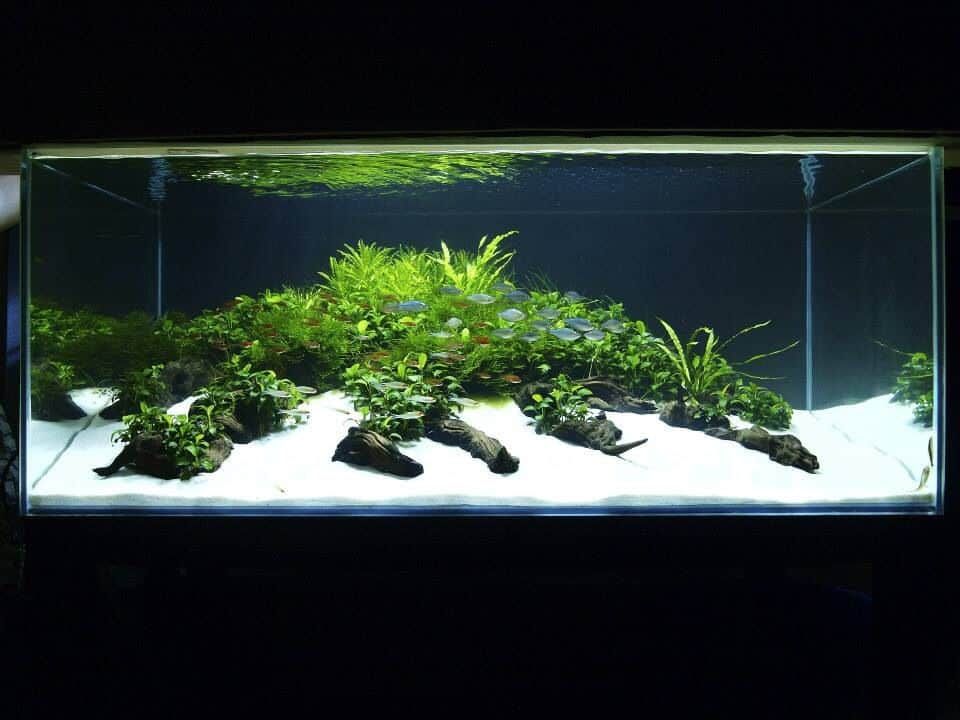
Just like every reality show, using sand as a substrate in a goldfish tank also has its share of drama. Let’s dive a bit deeper and unearth some of the possible challenges that you might face.
Difficulty in Cleaning
Ever tried sweeping sand off your beach towel? That’s a picnic compared to cleaning sand in a tank. Traditional tank vacuums can simply suck up the sand, making it tricky to maintain. Else, forget ‘Finding Nemo’, you’ll be ‘Finding Time’ to clean your tank.
Risk of Sand Ingestion
While sand satisfies your goldfish’s primal urge of sifting food, it also poses an inherent risk. This is probably the equivalent of us humans getting popcorn stuck in our teeth. Your goldfish (though it won’t comment on your cinema snacking habits) could chew and swallow small grains of sand, leading to potential health issues.
Clogged Filters
Just as you would hate traffic jams during your commute, clogged filters can be a nightmare for the water flow in your tank. The fine particles in sand can potentially drift into the filter, hindering its performance. You don’t want that, right?
That was a whirlwind tour of the downsides of using sand as a substrate. But don’t let this intimidate you. Every cloud has a silver lining, and there may be suitable types of sand that could minimize these risks. Next, we will delve into how to select the right sand for your goldfish’s aquatic paradise… stay tuned!
Selecting the Right Sand for Your Goldfish Tank
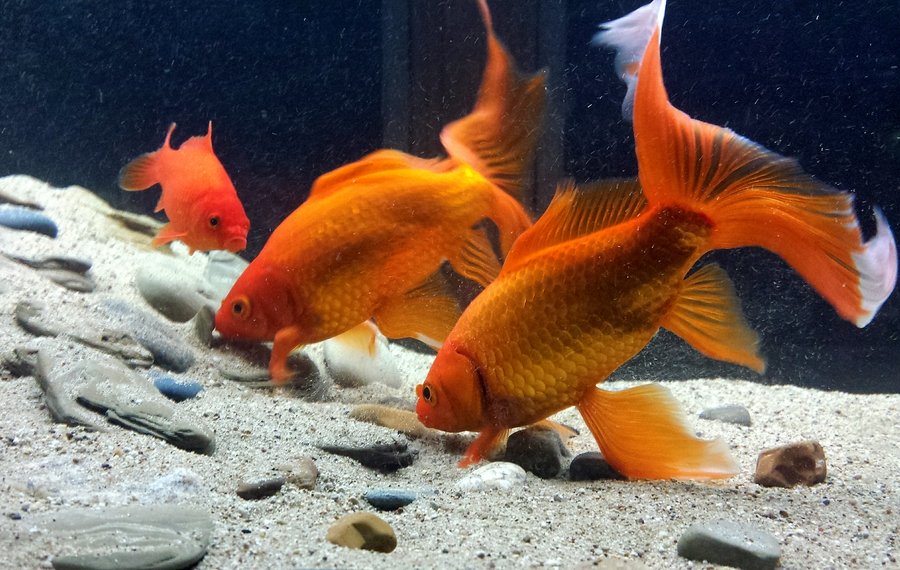
So, you’ve weighed the pros and cons and decided to channel your inner Indiana Jones. You’re ready to venture into the sandy desert for your fin-bouncing buddies. Let’s make sure you choose the perfect oasis.
Factors to Consider
First, let’s play Goldilocks. You want sand that isn’t too fine or too coarse. Too fine, you risk the sand compacting or ending up in your filter. Too coarse, it becomes a fancy restaurant for bacteria. Yuk!
Next, consider the color. Alright, not a major factor, but who doesn’t like a bit of décor flair? Goldfish have good vision and contrast, so darker sand might help your aquatic jewels shine bright.
Lastly, steer clear from calcium-laden sand aka aragonite. Why? It can mess up your water’s pH. And we don’t want that, right?
Top Picks for Sand Products
In the sandbox world, not all heroes wear capes. Some are packed in bags and slapped with product labels. Aquarium Co-Op’s ‘Super Sand’ bags the top spot. It’s coarse enough to let water through but fine enough not to bother your filter. Plus, it’s a gorgeous dark shade to complement your golden stunners.
Another contender is CaribSea‘s ‘Torpedo Beach Sand’. Boasting a fine, smooth texture, it’s practically a goldfish spa and gym combined in one. It won’t clog your filters, and aids in buffing up those goldfish muscles during their sand-shuffling routine.
Just when you thought we’ve hit the bottom of the topic, we’re digging deeper! Our next pit stop? Uncovering the mystic methods of safely introducing sand into your goldfish tank. Get those spades and buckets ready, gold-diggers! For more detailed information, check out our 5 Best Sands for Goldfish Tanks.
How to Safely Introduce Sand into Your Goldfish Tank

Transitioning from a gravel-based tank to a sandy seabed (goldfish style, of course) can be a wee bit tricky. Yet fear not, aquarium enthusiasts! I’m here to guide you through this slightly sandy saga.
Cleaning and Preparing the Sand
Roll up those sleeves folks, it’s cleaning time! First things first, you’re going to need to rinse the sand. Why? Glad you asked. Sand from the bag is usually dustier than a cowboy’s boots. This dust can cloud your tank. A simple rinse under running water – till the water runs clear – should do the trick.
Cleaning the sand not only makes Peppa, your beloved goldfish, happier, but also ensures a brighter, less foggy tank. Next on the agenda? Preparing the sand.
Gradual Introduction Method
Going the whole hog with sand might shock Peppa. Instead, try the gradual introduction method. Start by swapping out a little bit of gravel for sand. Over time, slowly increase the sand and decrease the gravel. This way, your goldfish will have a gentle transition, and you avoid tearing apart your entire tank in one go.
Easy does it, folks! Your pet’s comfort is more important than the aesthetic appeal of your tank. Onto the last bit of today’s journey now.
Monitoring Your Goldfish
You’ve made the switch, and now? Keep a close eye on your scaly friend! Any changes in behavior, like if Peppa starts spending too much time at the gravel-sand border, could indicate something’s amiss. Also, watch out for any sneaky sand-grains finding their way into the filter. If something seems fishy, pun entirely intended, reach out for professional help.
It’s not always smooth sailing when introducing sand into your goldfish tank. However, with patience and observation, you’ll have a tiny slice of the beach right in your living room!
To Sum Up
In tailor-making an aquarium for your goldfish friend, picking the right substrate is crucial. It’s a toss-up between the traditionally used gravel and the more natural-seeming sand where sand inarguably presents a more comfortable and risk-free environment for goldfish. Even though it puts forth certain challenges such as cleaning difficulty and potential filter clogging, nothing beats providing a platform for your goldfish that mimics their natural habitat while ensuring their safety.
Choosing the perfect sand type requires thorough consideration, just like any decision pertaining to your pet’s living environment. Introducing sand into their tank is a meticulous process which involves proper cleaning and a gradual shift from their existing habitat. Always be vigilant about your goldfish’s behavior in this new setup. Just remember, that rush of joy you get in seeing your goldfish wriggle their fins in utter happiness, that’s the ultimate goal here!
Frequently Asked Questions (FAQ)
Question: What is the natural habitat of goldfish?
Answer: Goldfish are native to East Asia, their natural habitats include streams, rivers, ponds, and other freshwater environments.
Question: What’s the difference between using gravel and sand in a goldfish tank?
Answer: Gravel can be easier to clean, but sand provides a more natural environment for goldfish, also enabling easier sifting of food and reducing chances of injury.
Question: What are the benefits of using sand as substrate in a goldfish tank?
Answer: Sand in goldfish tanks mimic the natural environment, providing an easy platform for food sifting, reducing risks of injury, and is aesthetically pleasing to the eye.
Question: Are there any potential problems in using sand as a substrate?
Answer: Challenges with sand include difficulty in cleaning, chances of goldfish ingesting it, and it may clog filters in the aquarium.
Question: How should I choose sand for my goldfish tank?
Answer: When choosing sand, consider its grain size, chemical composition, color, and ease of cleaning. Always go for high-quality aquatic products designed for fish tanks.
Question: How can I introduce sand in my goldfish tank safely?
Answer: Clean the sand thoroughly, introduce it gradually, and observe your fish closely for any signs of stress or discomfort during the transition period.
Question: Is it necessary to replace the sand in my goldfish tank?
Answer: Regular cleaning should keep your sand healthy, but the sand may need replacement over time due to the accumulation of waste or changes in its chemical composition.

